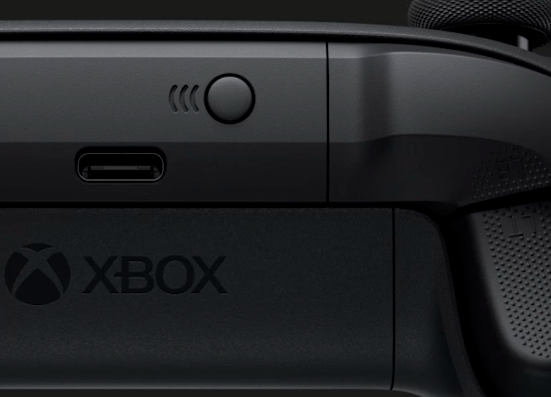Years of talking to retail workers. Even with games, the average consumer walking into a store isn't very aware of what is going on.
Your experience matters little. It's called argument from authority, look it up.
This is a survey conducted by Slickdeals in 2022 that showed 73% of Americans make impulse purchases at an average of $314 a month
This survey matters fuck all without more information. Who replied to it? What's the demographic? What's the average price per product category (not an average of all products)?
Also, it mentions that the average price per month is $314, whereas the maximum per product is an average of $310. Guess what, both are under the price of a Series X, even with your magical discounts.
So those 28% in consumer electronics suddenly turn into a much smaller pool, and we don't know the demographics for them, unless I missed them. But good try.
Here's another about retail vs online but it isn't video game focused
https://chainstoreage.com/survey-ph... impulse purchasing,from the survey are below
The above is more general and not focused on holiday shopping, but we also have years and years of data that shows there is a reason why Sony and Microsoft have been cutting their prices in December over the past generation, in the lead up to Christmas. Before, consoles were price cut before the holidays and retailers would just bundle items at most for Black Friday. Then the consoles started seeing official bundles/price discounts for Black Friday, then it became price cuts for both Black Friday and then the few weeks up to Christmas. The idea is to get an impulsive purchase made for your product over the competition.
That "study" is even worse. You've got confirmation bias, and it shows. Again, what are the demographics? What's the actual average cost of products being bought? What is the purpose of consumer electronic products being bought? Are we talking a majority on phones? Earbuds? Consoles? TVs?
On the other hand, what you said about price cuts is inconsequential to our conversation here. The Xbox failed to move substantially more units at $350 (on other chains other than GameStop) when compared to last year during a so called shortage. If you fail to move units at $350, you're still above the price point customers are willing to pay, meaning that a decrease from $400 to $350 will be mostly irrelevant. Again, supply and demand, something you've revealed time and again you do not understand.
Even then, my "theory" isn't one, but reality. How would you explain all the Series X that were purchased from the time of December 1 to, what, the 16th, outside of Walmart, when Walmart had the best deal of $349 while other stores were at $499? Or that every retailer saw sales increase at $349 even though Walmart had already been selling the X at $349 for weeks? Sales didn't dry up anywhere because one retailer had a great deal, and sales went up everywhere that dropped to $349.
I don't need to explain, you do, since these are your claims. Your explanations so far fall short and are easily picked apart.
Also, it's $499 now? Your tweet says $399, so pick a number a stop moving the goalpost.
Also this forum will never accept basic information that Series X was supply constrained in the US up to June 2023 and will never understand what supply/demand actually looks like in practice. It's ignored or outright dismissed every piece of evidence that isn't even from me as well.
This is rich considering you do not understand how supply and demand works. If the Xbox was supply constrained, and by supply constrained we must clarify that the market demands more units than those currently available, then the price point would naturally move up. This is how Sony managed to move units even with bundles reaching $550 and above (at least in Europe, we had bundles at 650€ IIRC).
Naturally, if the Xbox was indeed supply constrained, bundles would have flown out of shelves since they had a small premium of 10%. Guess what, they didn't, as we've repeatedly told you. They didn't because the market did not demand the product, and was unwilling to pay a small premium to get it.
This is basic economics, and you failed.
Again: Sony, while PS5 supply constrained, was selling out the product at a premium via bundles. Microsoft, while the Xbox was supposedly supply constrained, was not moving the same bundles with a similar premium.
The former is supply constrained, the later is not supply constrained.
Here, educate yourself:
The law of demand holds that the demand level for a product or a resource will decline as its price rises, and rise as the price drops.
The law of supply and demand explains how changes in a product's market price relate to its supply and demand. Demand for basic necessities is less responsive.

www.investopedia.com







:max_bytes(150000):strip_icc()/law-of-supply-demand-final-6d3d58ceeb2b462d9a56f2f012641c5f.png)


